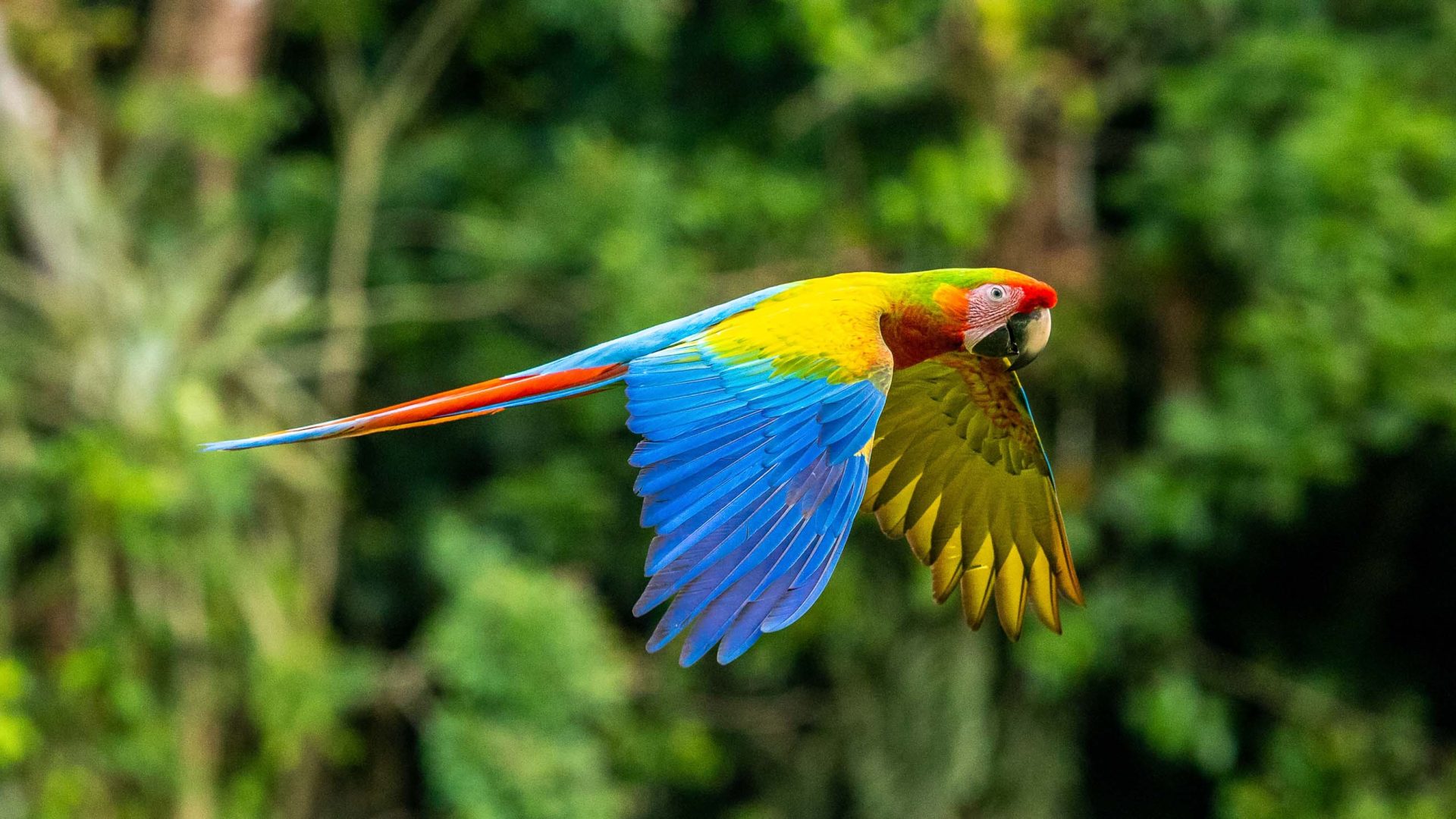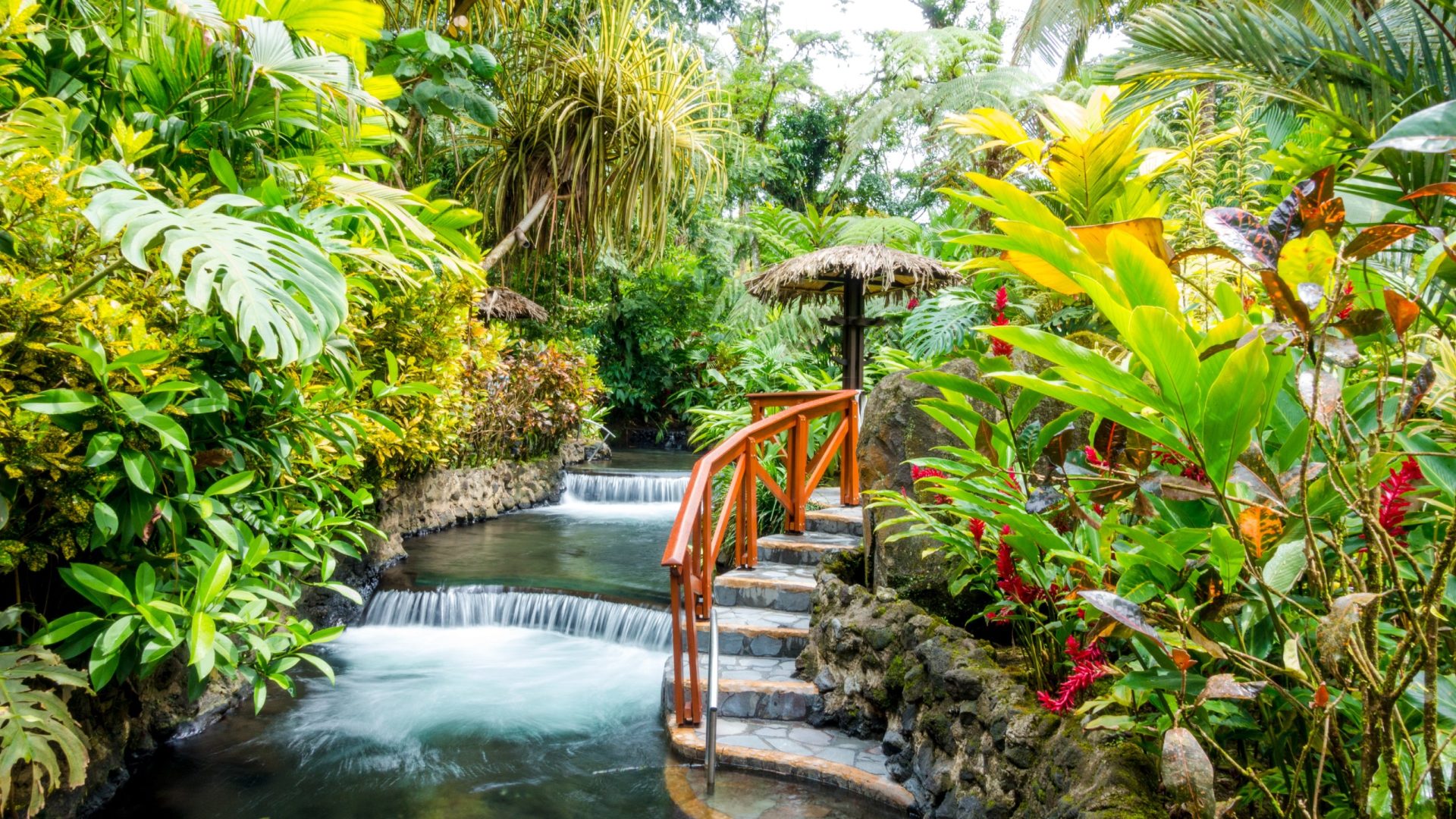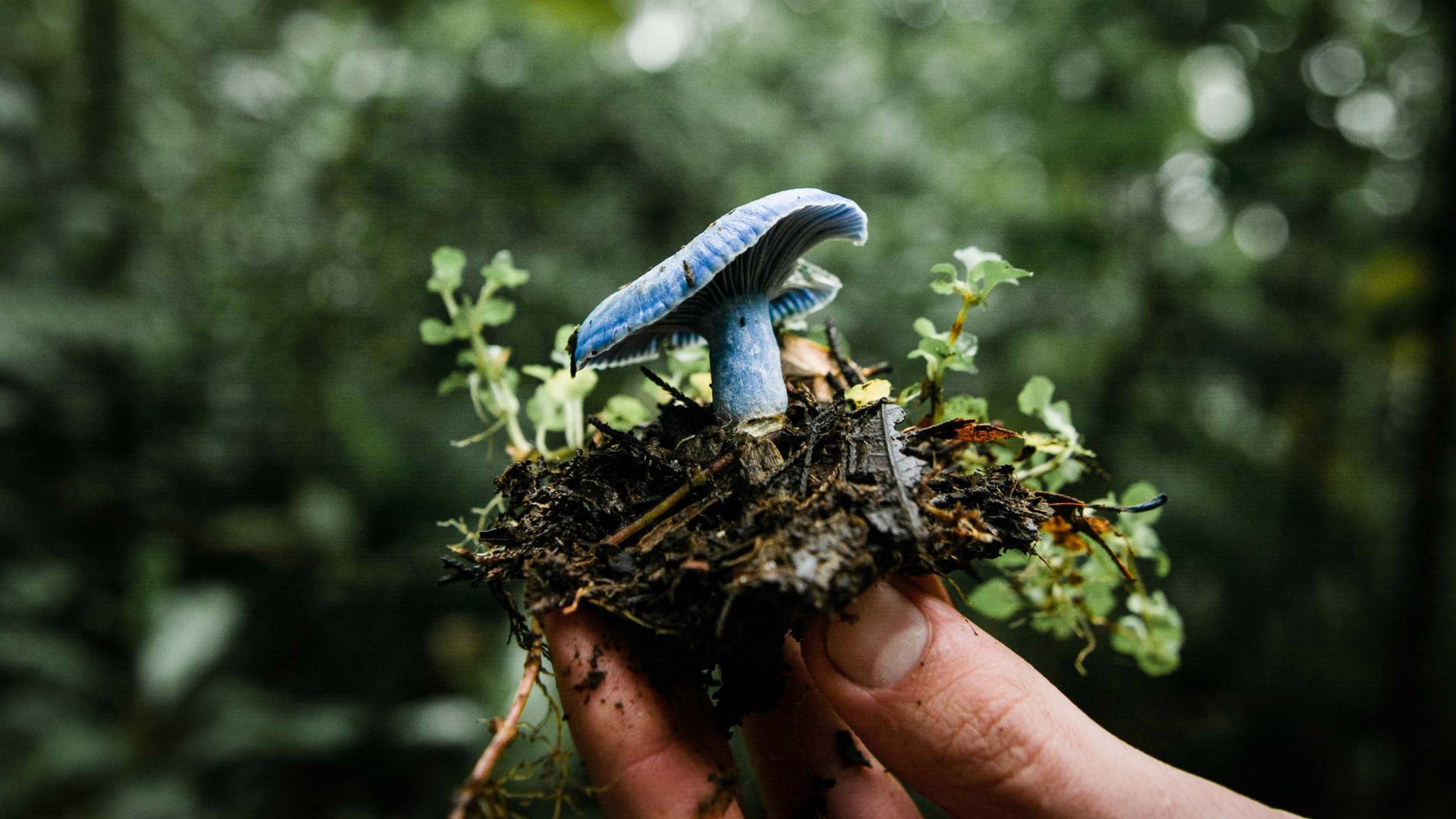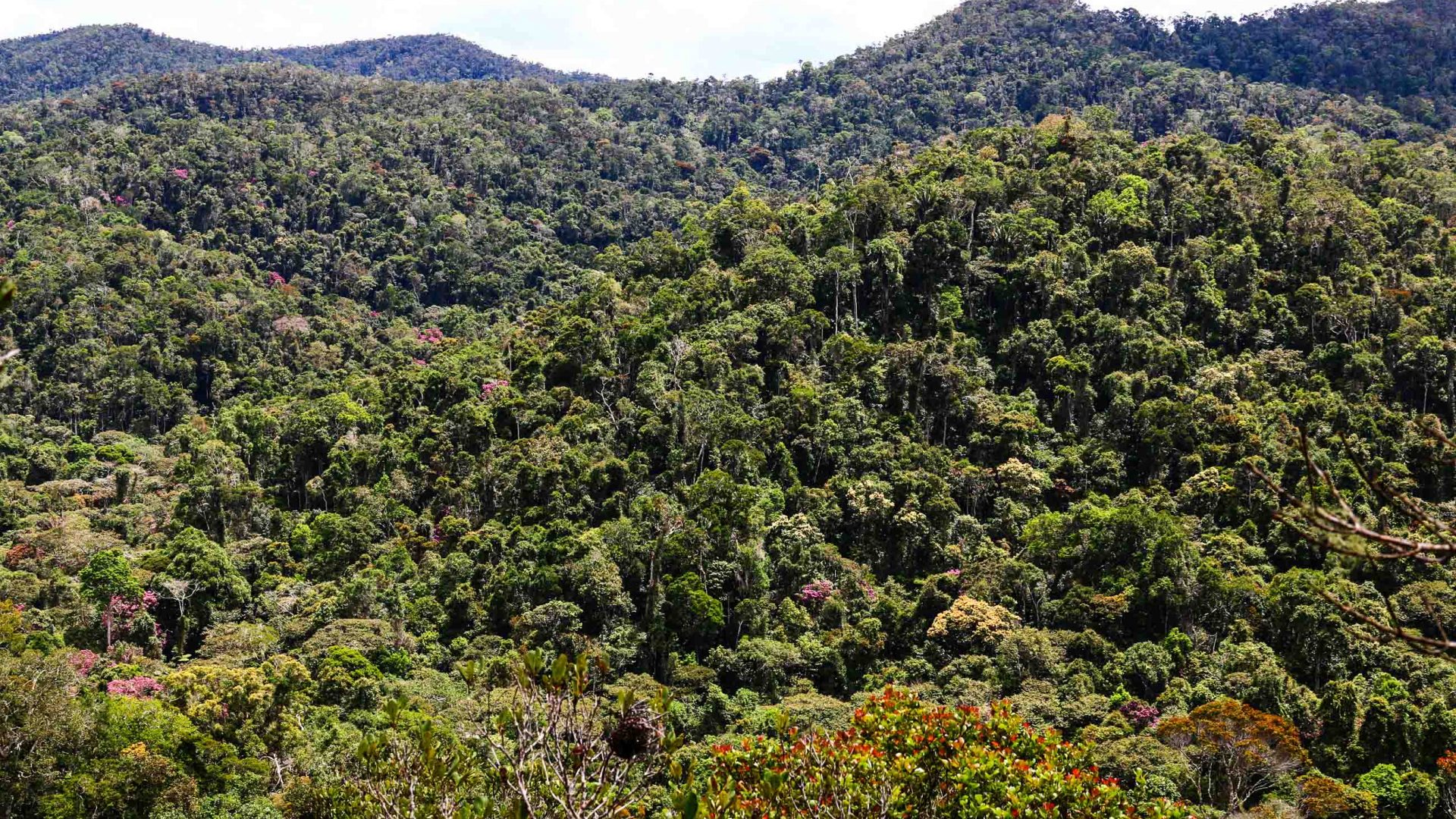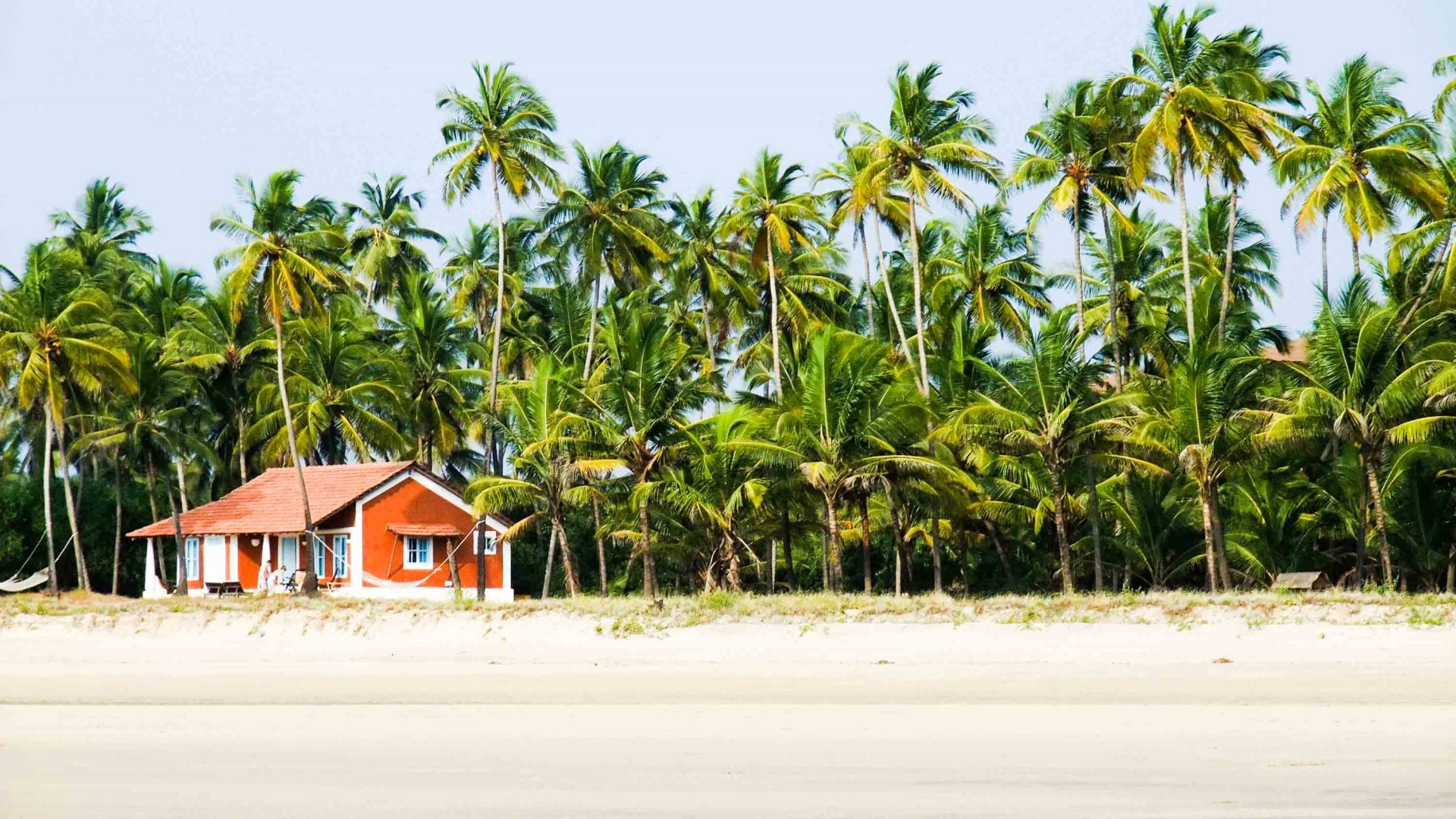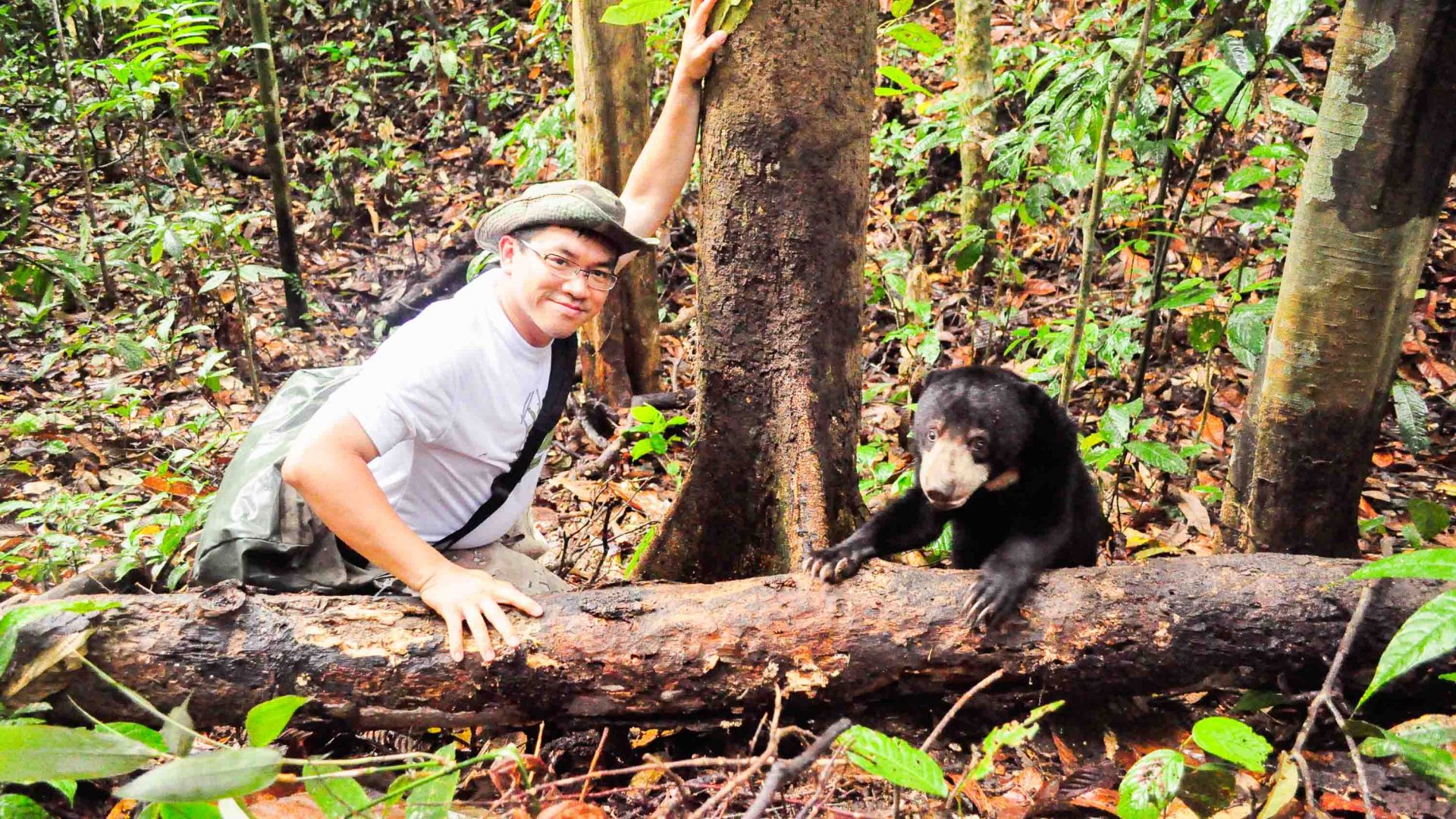For our study we used millions of sightings of animals in Costa Rica from the Global Biodiversity Information Facility, a public repository of open-access data about all types of life on Earth. The GBIF shares reports from members – including governments, conservation groups, libraries and scientific societies – about observations of plants, animals and other living species, with geographic locations. Scholars and governments draw on this data to inform scientific research and policy decisions.
We paired these wildlife observations with satellite-derived maps of climate conditions, such as temperature and rainfall, and habitat elements, such as tree cover and impervious surfaces like roads. Using this data, we created distribution maps across Costa Rica for 699 birds, mammals, amphibians and reptiles. We selected species that had more than 25 data points in the country.
We then used these maps to see how important species richness was in driving two types of tourism. First we considered general tourism, measured by where people go to take pictures and upload them to the Flickr photo sharing site. Second, we looked at checklists on eBird, a social media platform where people who identify as birders can share which species they see during nature walks.
